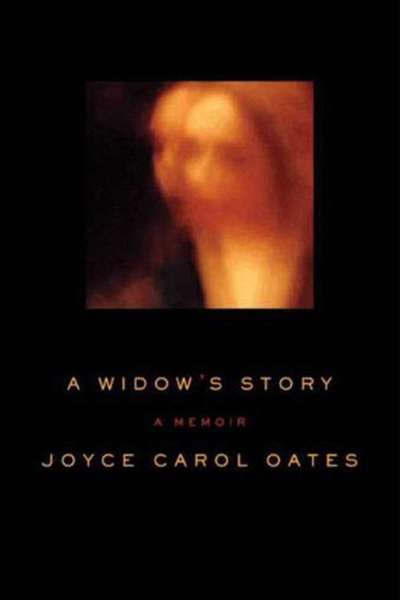Non Fiction
All Day Long the Noise of Battle: An Australian Attack in Vietnam by Gerard Windsor
The title of this new book on the Vietnam War comes from the final verse cycle of Tennyson’s Idylls of the King (1869). As Arthur lies dying, he reflects ‘that we / Shall never more ... Delight our souls with talk of knightly deeds’. This Arthurian borrowing for the title of a book about an obscure battle fought by Australians in Vietnam during the 19 ...
Nine Lives: Postwar Women Writers Making Their Mark by Susan Sheridan
Susan Sheridan’s Nine Lives, a ‘group biography’, analyses the life stories and literary achievements of nine Australian women writers. The purpose, according to Sheridan, is not only to rediscover the life story of each, but also, by exploring their publishing and aesthetic context, to create a ‘fresh configuration’ of our literary history.
... (read more)Shakespeare, Sex, and Love by Stanley Wells & Shakespeare’s Freedom by Stephen Greenblatt
One of Angelina Jolie’s first starring roles was as Shakespeare’s Juliet in Love Is All There Is (1996). Or rather, she plays Gina Malacici, a Bronx schoolgirl fiercely protected from life by her wealthy, restaurant-owning Italian parents, recruited to play Juliet in the school play when the leading actress injures herself falling off the balcony. Faced ...
Piracy: The Intellectual Property Wars From Gutenberg to Gates by Adrian Johns
When members of the rock band Men at Work recorded their legendary hit ‘Down Under’ in the early 1980s, they wanted to inject a stronger sense of Australianness into the song, so they included a flute riff of a few bars echoing the classic Australian children’s chorus ‘Kookaburra sits in the old gum tree’, just as one might, in a different geographical con ...
Face: Australian Portraits 1880–1960 by Anne Gray & The Naked Face: Self-portraits by Vivien Gaston
Roy Porter wrote that ‘the portrait (above all the self-portrait), the diary and the biography (especially the autobiography) – reveal heightened perceptions of individuality, the proud ego vaunting and flaunting his own being’. This may be so, but self-portraiture is a genre that crosses many secret thresholds ...
... (read more)Savage or Civilised? Manners in Colonial Australia by Penny Russell
Lacking a titled aristocracy and the leisured class that went with it, Australian colonial society encouraged an egalitarianism of manners. This, however, did not reflect the absence of social stratification: rather, as it has been argued, it was a means of being reconciled to it in a new setting ...
... (read more)The Lure of Politics: Geoff Gallop’s Government 2001–2006 by Lesley van Schoubroeck
A few months after the 2010 federal election, Geoff Gallop delivered the annual Hawke Lecture at the University of South Australia. In an address focused upon political engagement, he canvassed some possible reforms to the Australian political system. Among a number of other proposals ...
... (read more)Culture Crisis: Anthropology and Politics in Aboriginal Australia edited by Jon Altman and Melinda Hinkson
Anthropology’s significant contribution to both academic and applied research focused on Indigenous Australia has intensified over the last four decades. Among Aboriginal people and anthropologists themselves, debates have occurred as to the discipline’s earlier alignments with colonialism ...
... (read more)On 30 July 2010, WikiLeaks uploaded a file named ‘insurance.aes256’ to the Internet. The file was 1.4 gigabytes in size – large enough to hold a mountain of leaked documents – and encrypted with a 256-character key strong enough to have the US National Security Agency’s approval for use to secure classified documents. It was also copied to dozens of USB sticks and mailed out to a cadre of WikiLeaks supporters around the world. In a letter enclosed with the USB sticks, WikiLeaks said that ‘insurance.aes256’ contained an encrypted archive:
... (read more)On 18 February 2008, Joyce Carol Oates’s husband, Raymond J. Smith, died unexpectedly of cardiopulmonary arrest. Smith was eminent in his own field as editor of the Ontario Review, but quietly eminent. Now he has become famous, a household name in international literary circles – as his widow’s spouse. It is an odd state of being, or non-being. But this is an odd book, alternately brilliant and bizarre.
... (read more)

